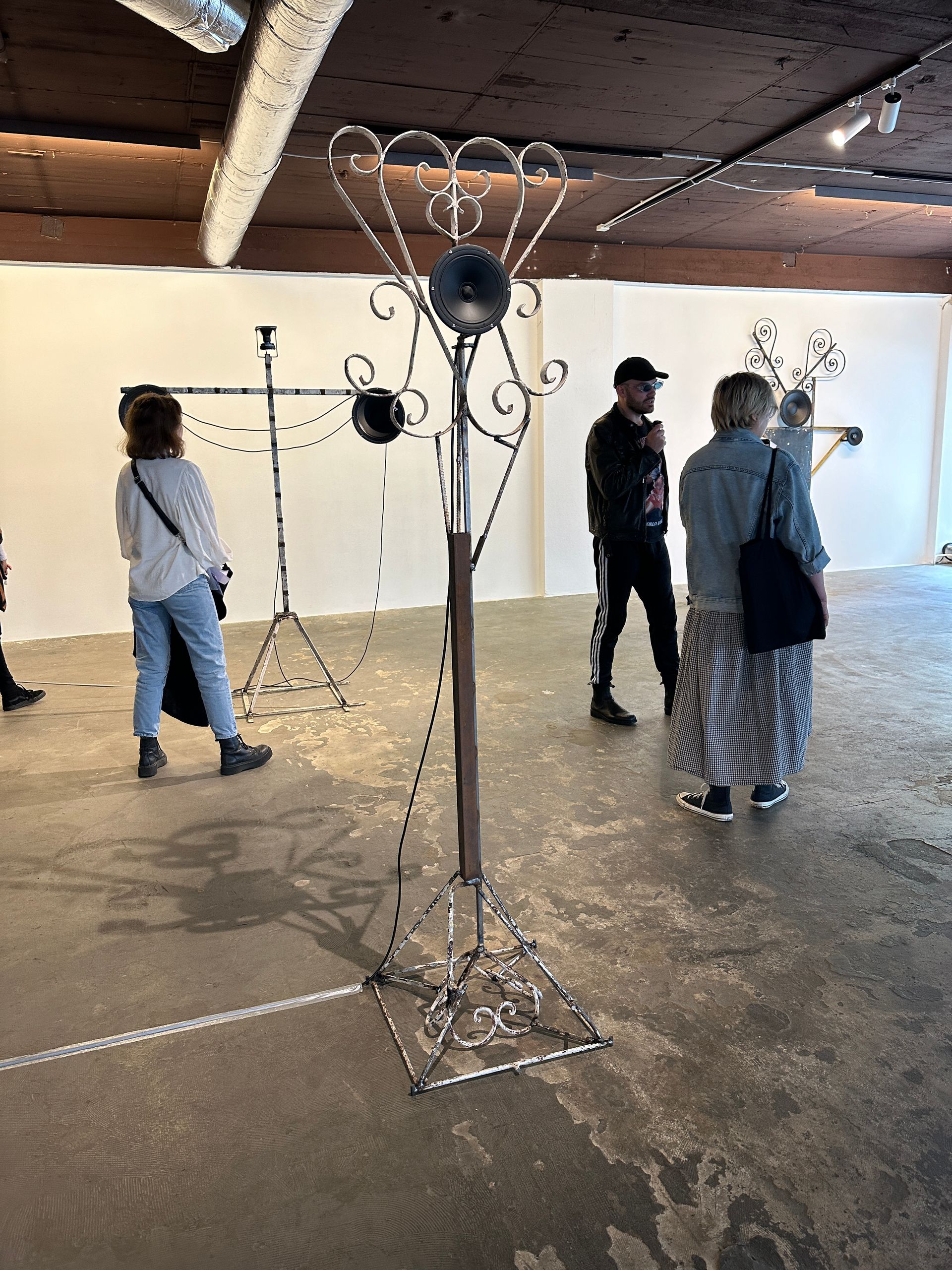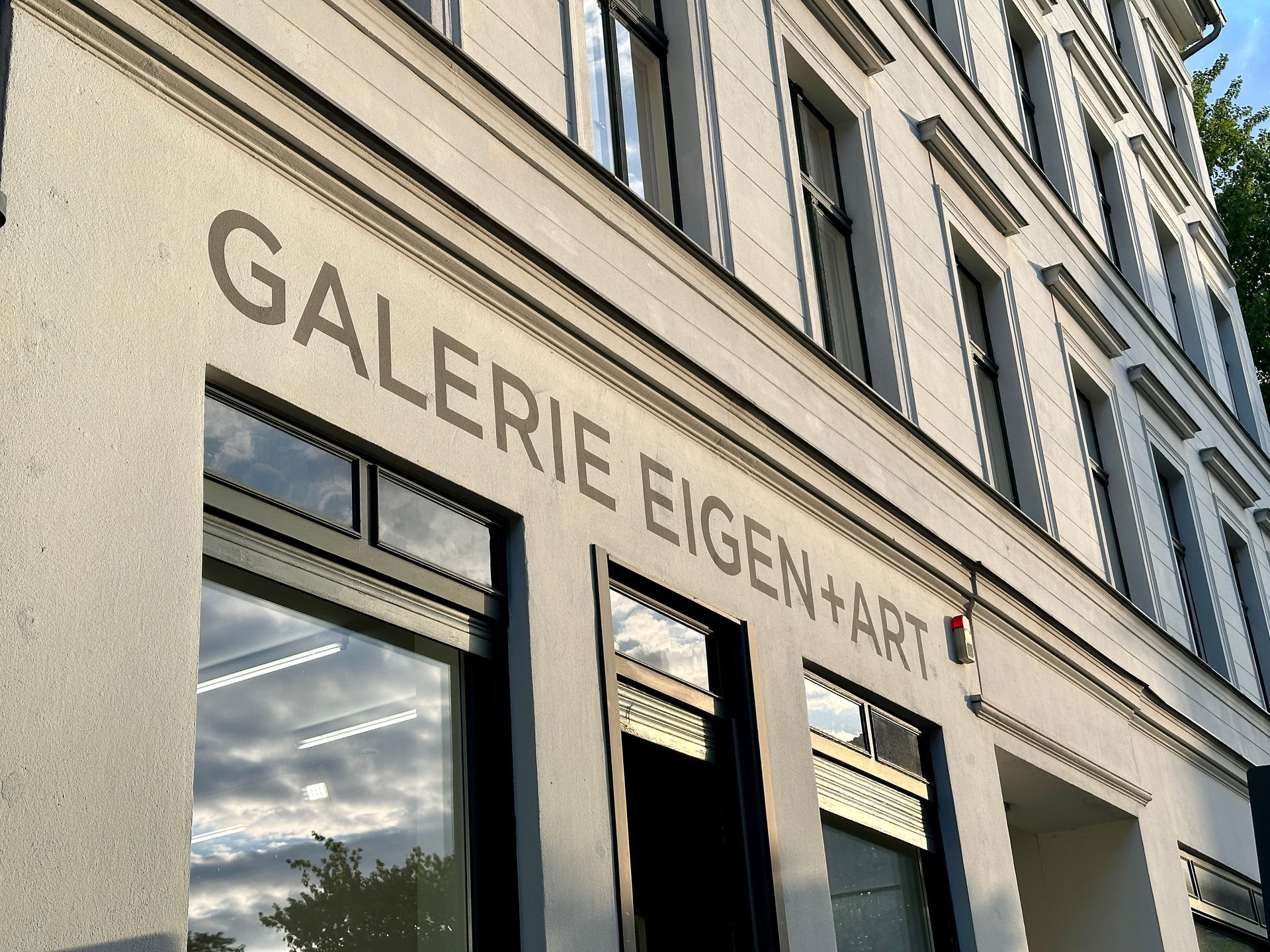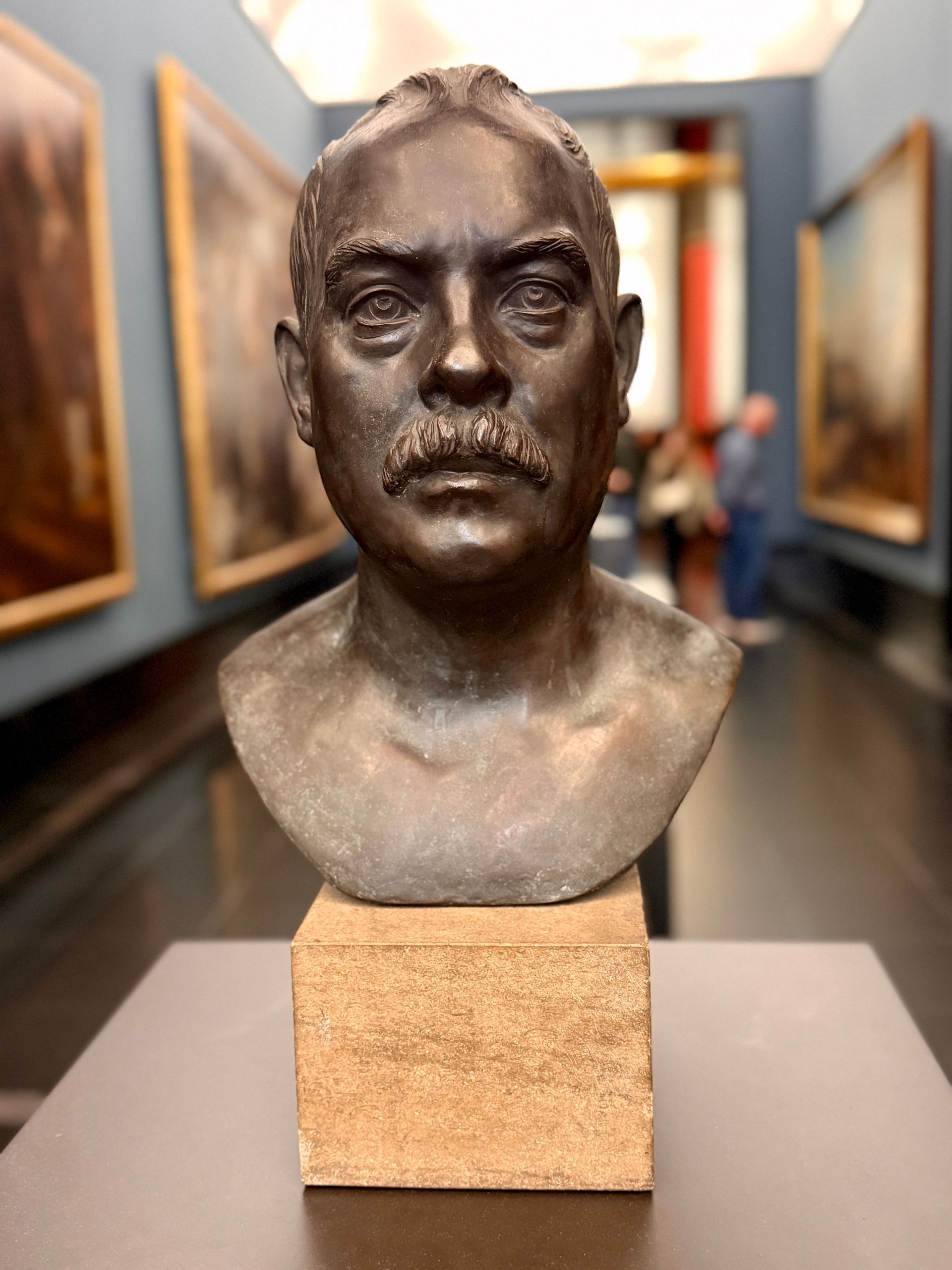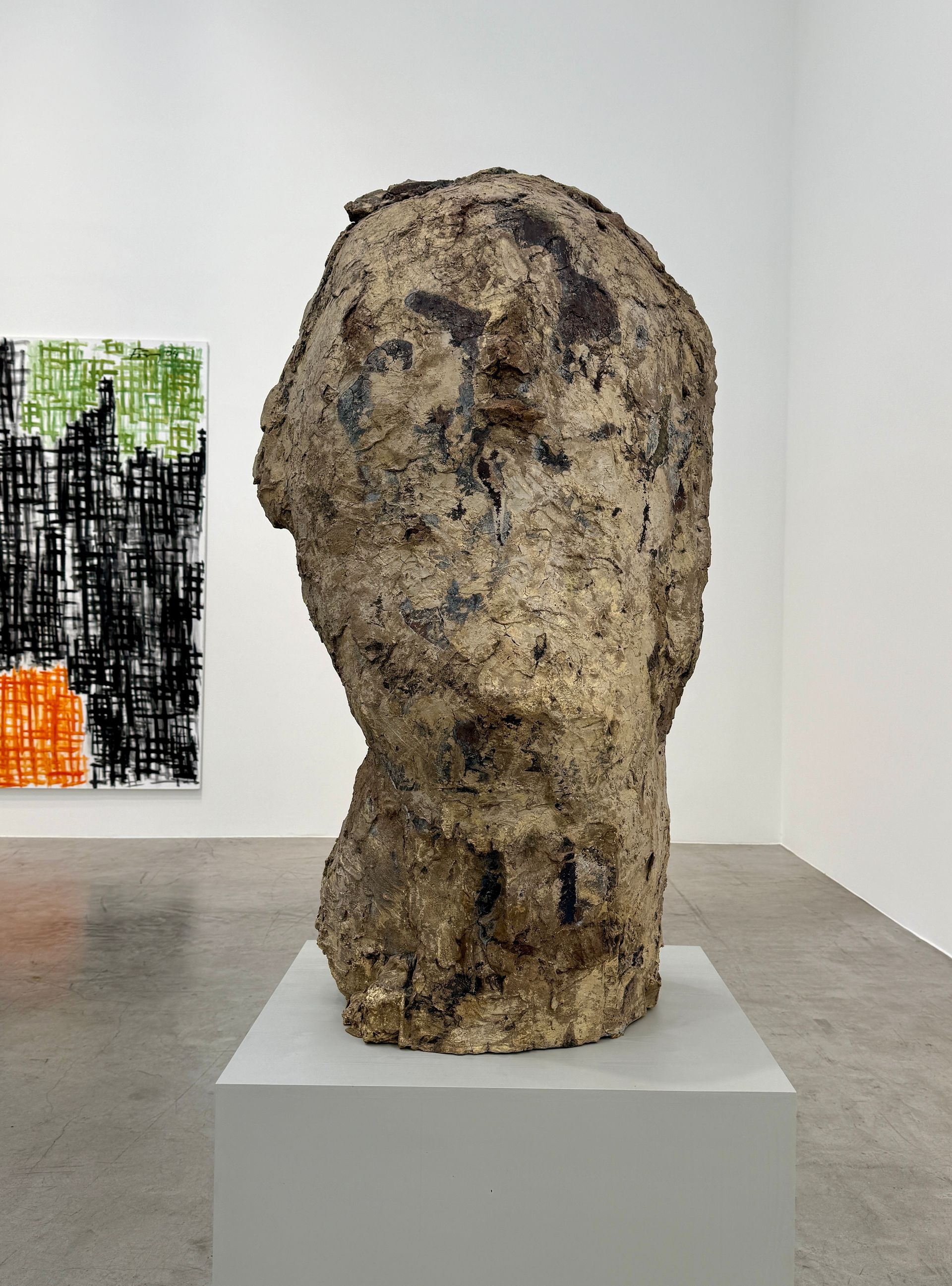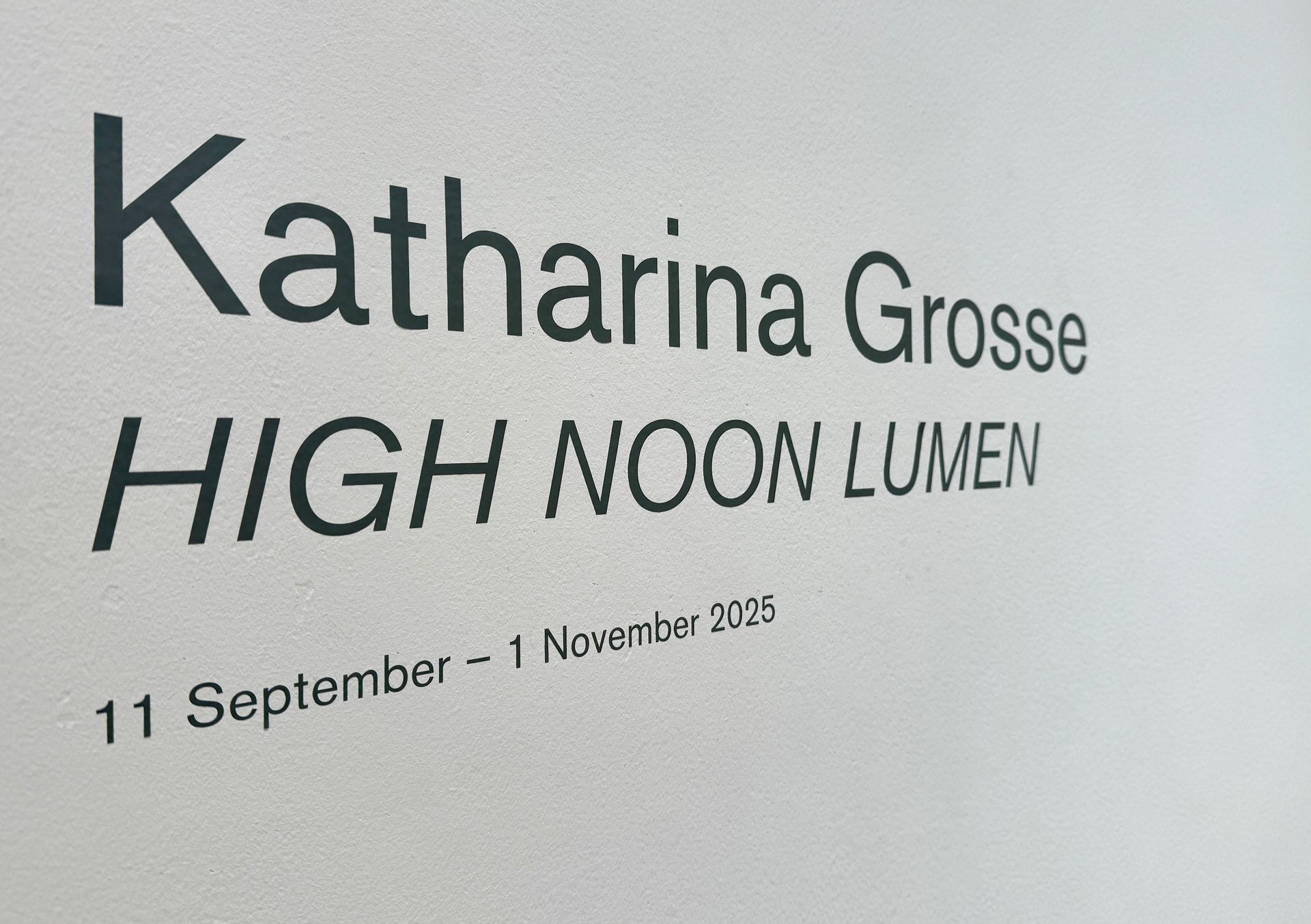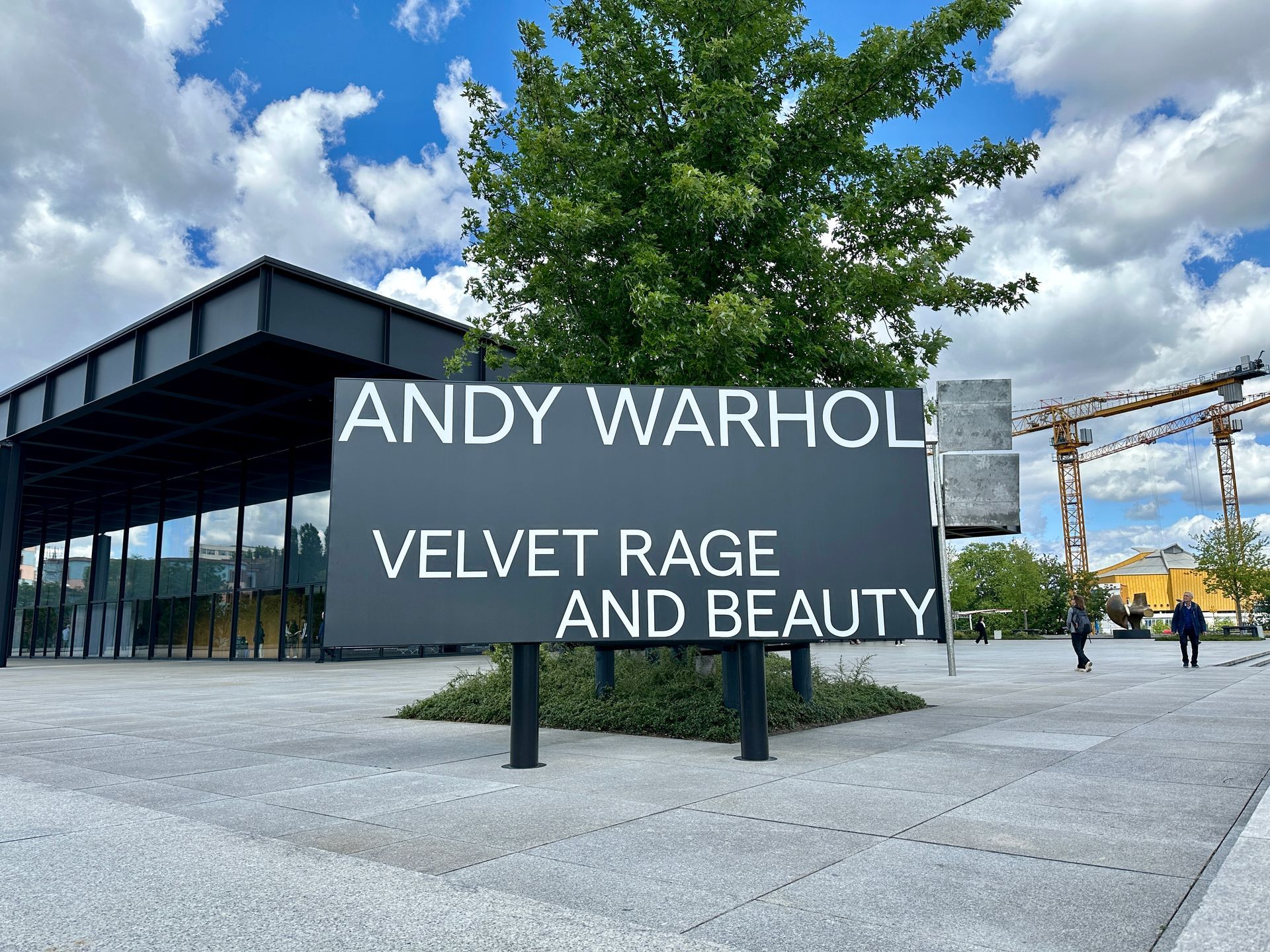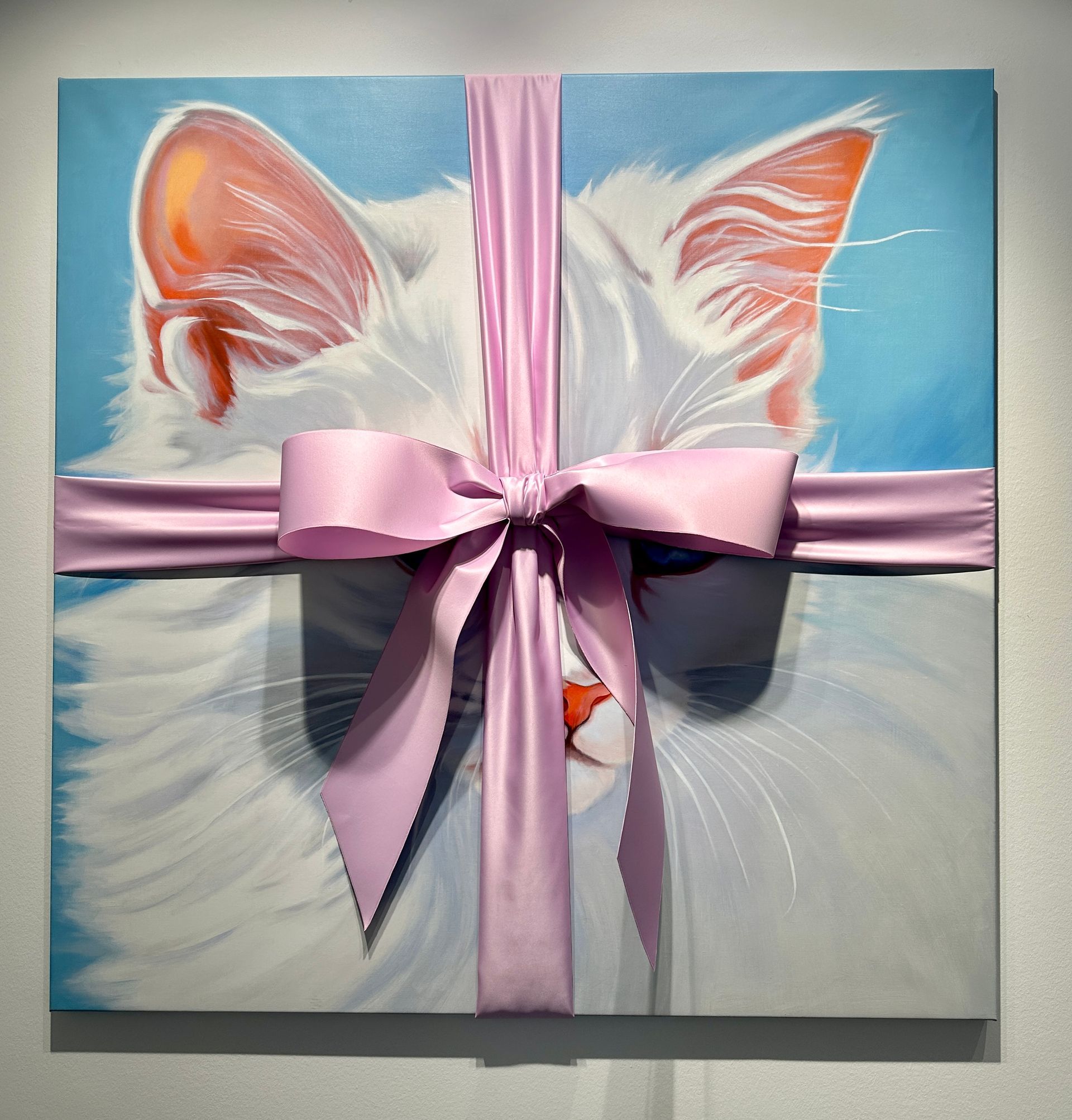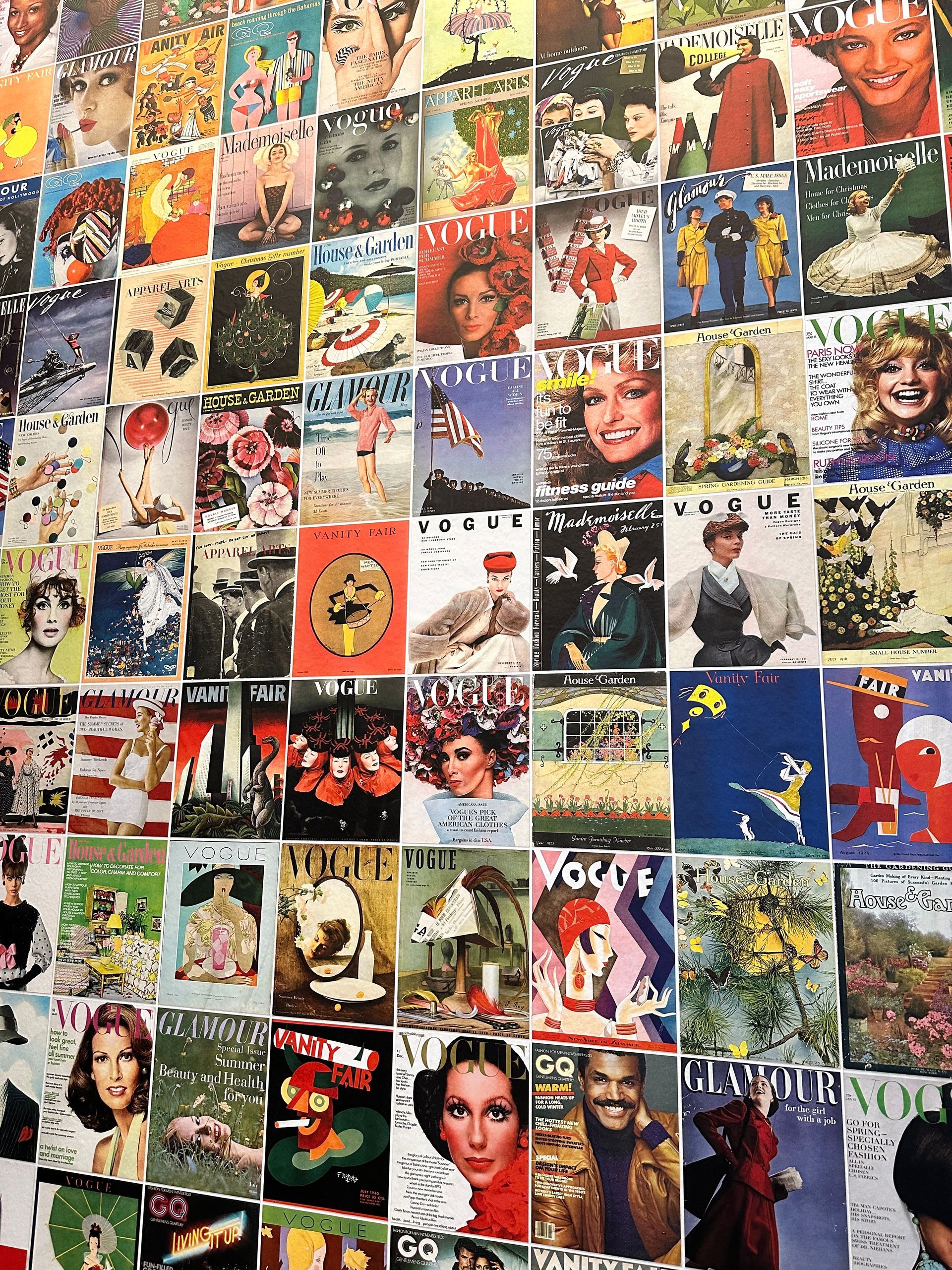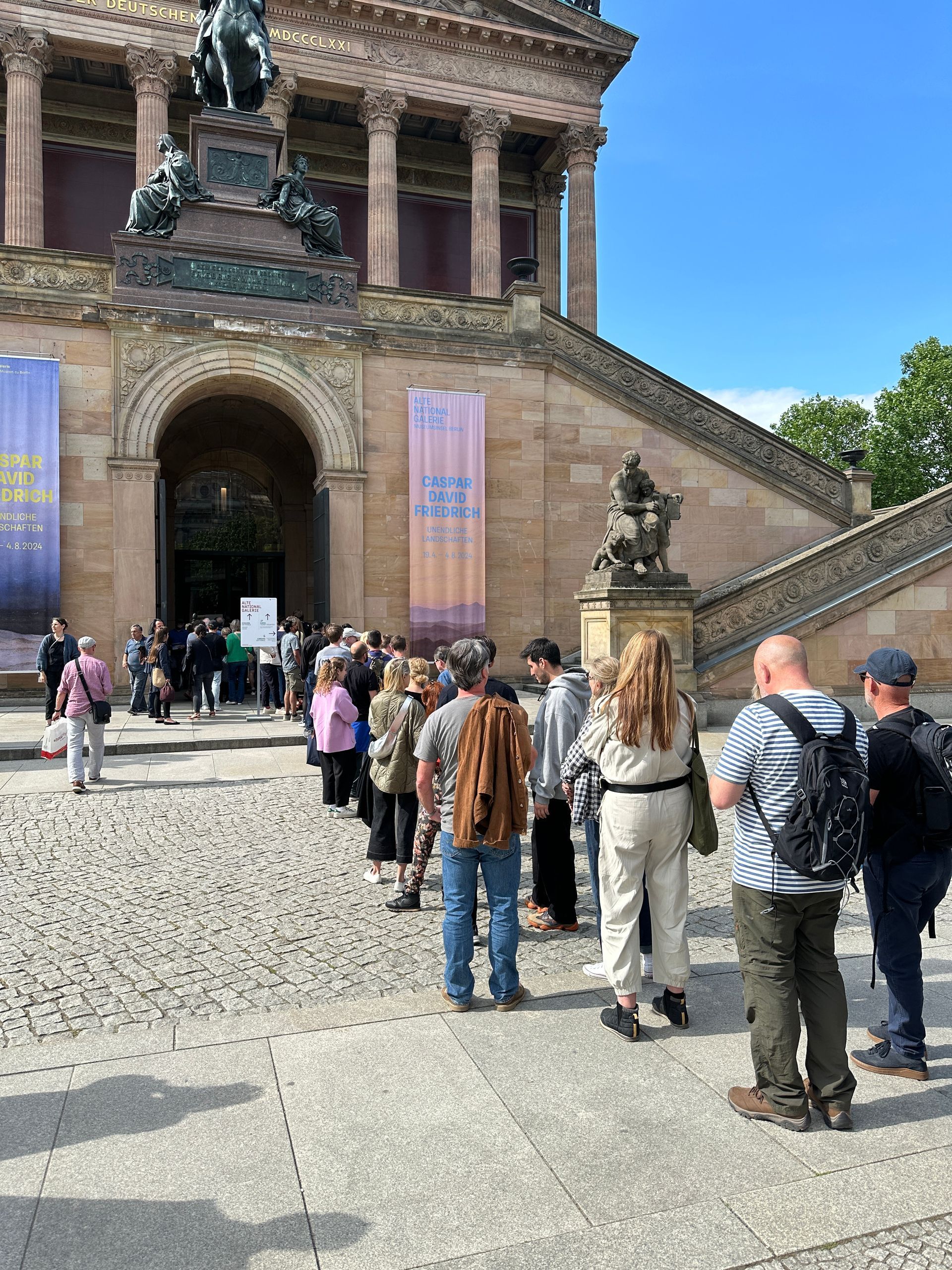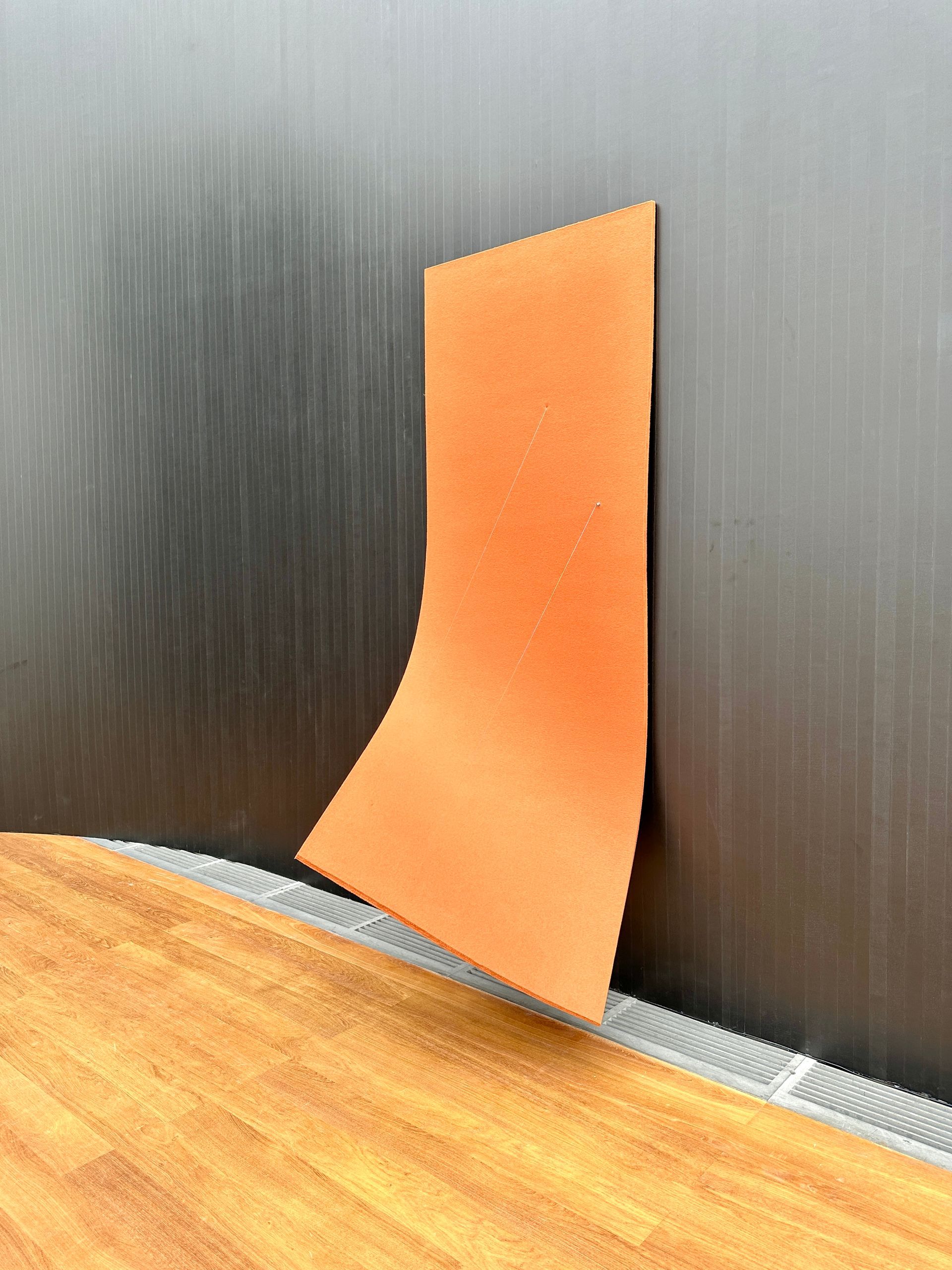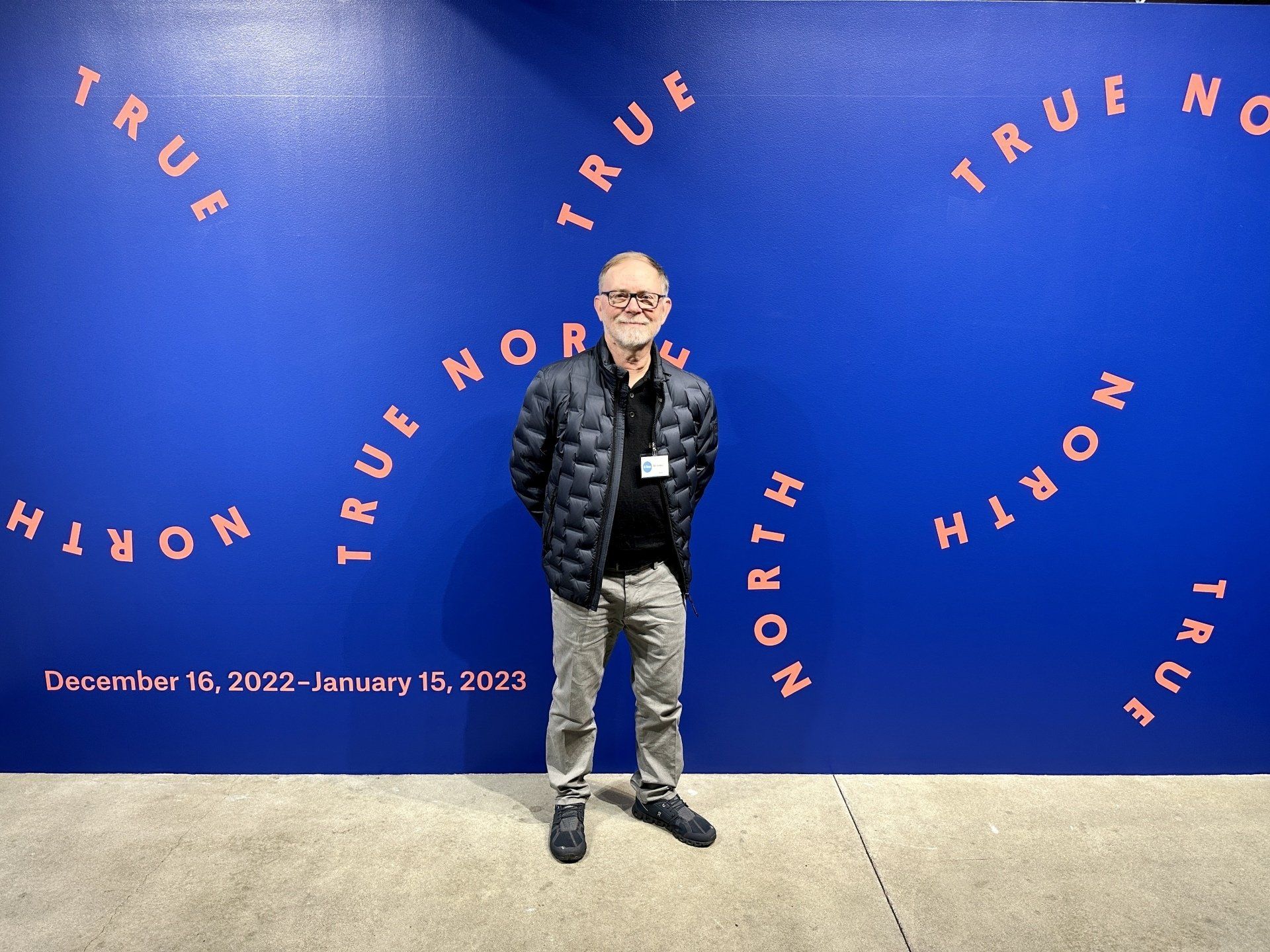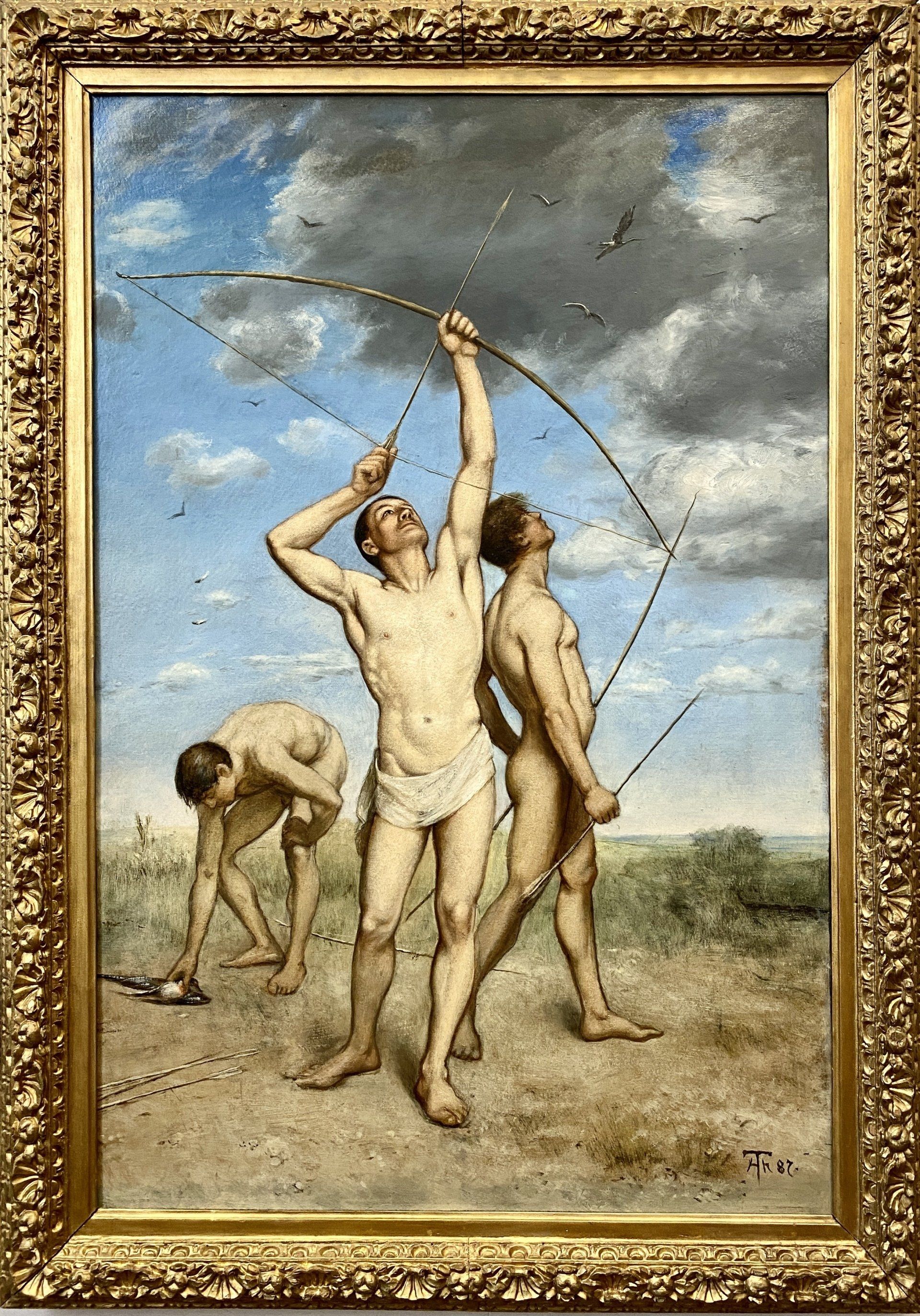Gallery Weekend Berlin 2024: Pavement Worth Pounding!
With welcoming arms (mostly), over 50 galleries participated in Gallery Weekend Berlin, April 26-28, 2024. The public responded by streaming in to see what was hanging. Some galleries like Esther Schipper and Galerie Eigen attracted crowds who lined up patiently to get a peek at the shows.
The gallery world - whether in small town, U.S.A. or big-time Berlin - is up and down, meaning just because work gets into a gallery space does not guarantee that it’s interesting. Yes, some of that last statement is subjective, but I believe some of it is verifiable. That being said, there is something exciting about the hunt for good art. Even if the work isn’t life-changing, artists get credit for sheer work ethic. Anyone who’s made it into a blue-chip Berlin gallery has had to have put in some serious studio hours.
Here are some of my favorites from Gallery Weekend:
At Galerie Neu, Andreas Ericsson’s “of stones and lakes” drawings invite you to slow down from the frenetic pace of Gallery Weekend to soak in the small, Thoreau-like moments that Ericsson has found at the edge of a lake. He has curated the shapes, textures and the sounds of nature. The expression is minimal, but Ericsson provides all you need to navigate through and around the environment. These pieces are about eliminating the extraneous in order to see more. I love this exhibit, and “Thank You!” to Galerie Neu for seeing the value of this minimalist treasure trove.
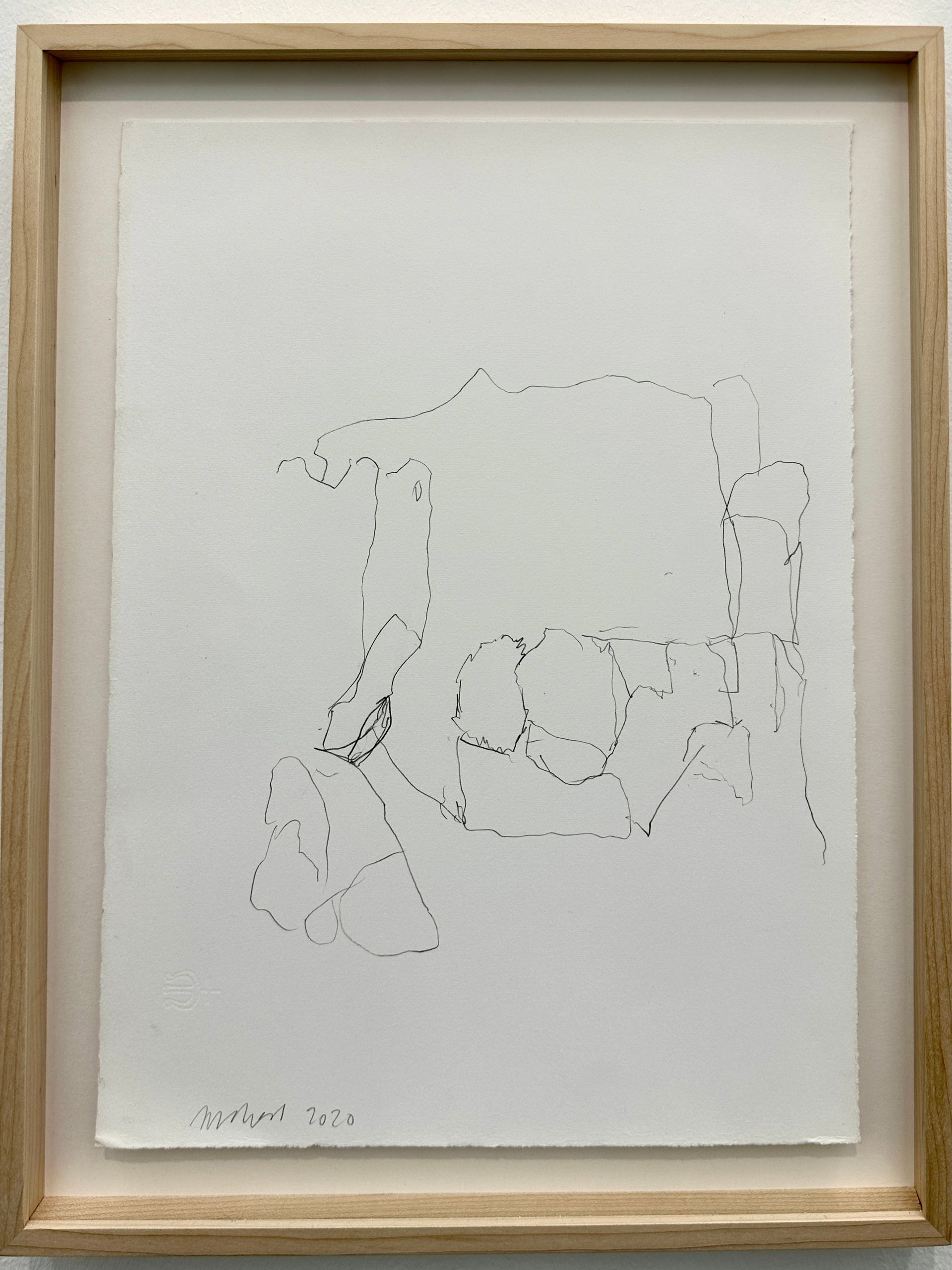
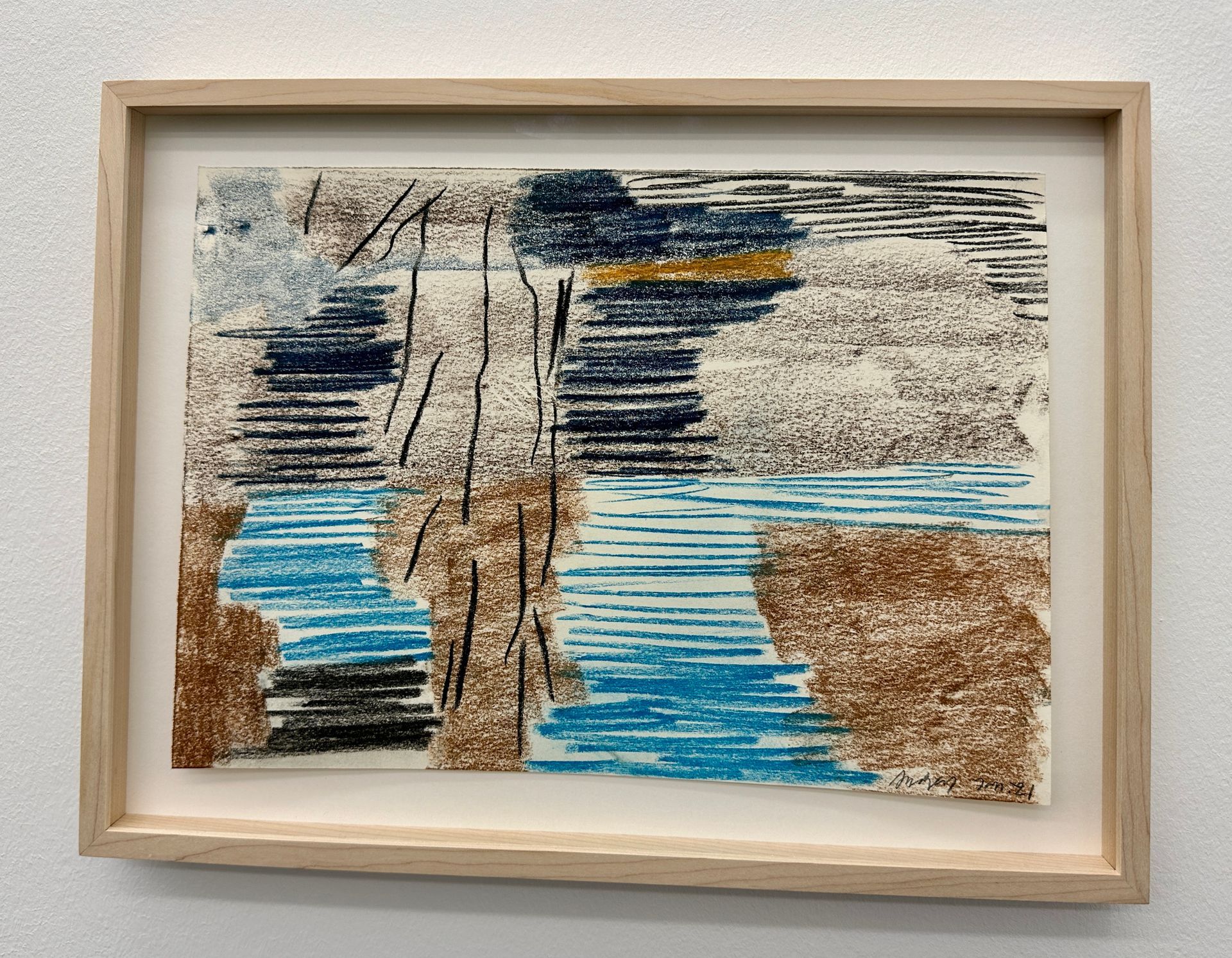
Painter Lili Theilen is at Eigen + Art Lab. Theilen’s dour young women are dwarfed by their oversized coats - which could be symbols of constraint, false entitlement or protective armor. Either way, the reading of the paintings is open, but anyway you go, you’re left with an unsettled feeling. The colors are washed out and the paint is applied thinly; an interesting contrast to the heavy luxury of the coats. Her painting, Malcesine, shows a gaping mouth with 30 teeth (two wisdom teeth are missing). A person is grasping the uvula to pull him or herself out of the depths of the throat. Original content! The painting is pushing you away from the scary, open mouth and at the same time, pulling you in to help the escapee. Is this an anatomy lesson, a modern fairytale, or a political statement? Again this is wide open for interpretation. I like this piece very much. Again, thinly painted, and more “drawn” than painted.
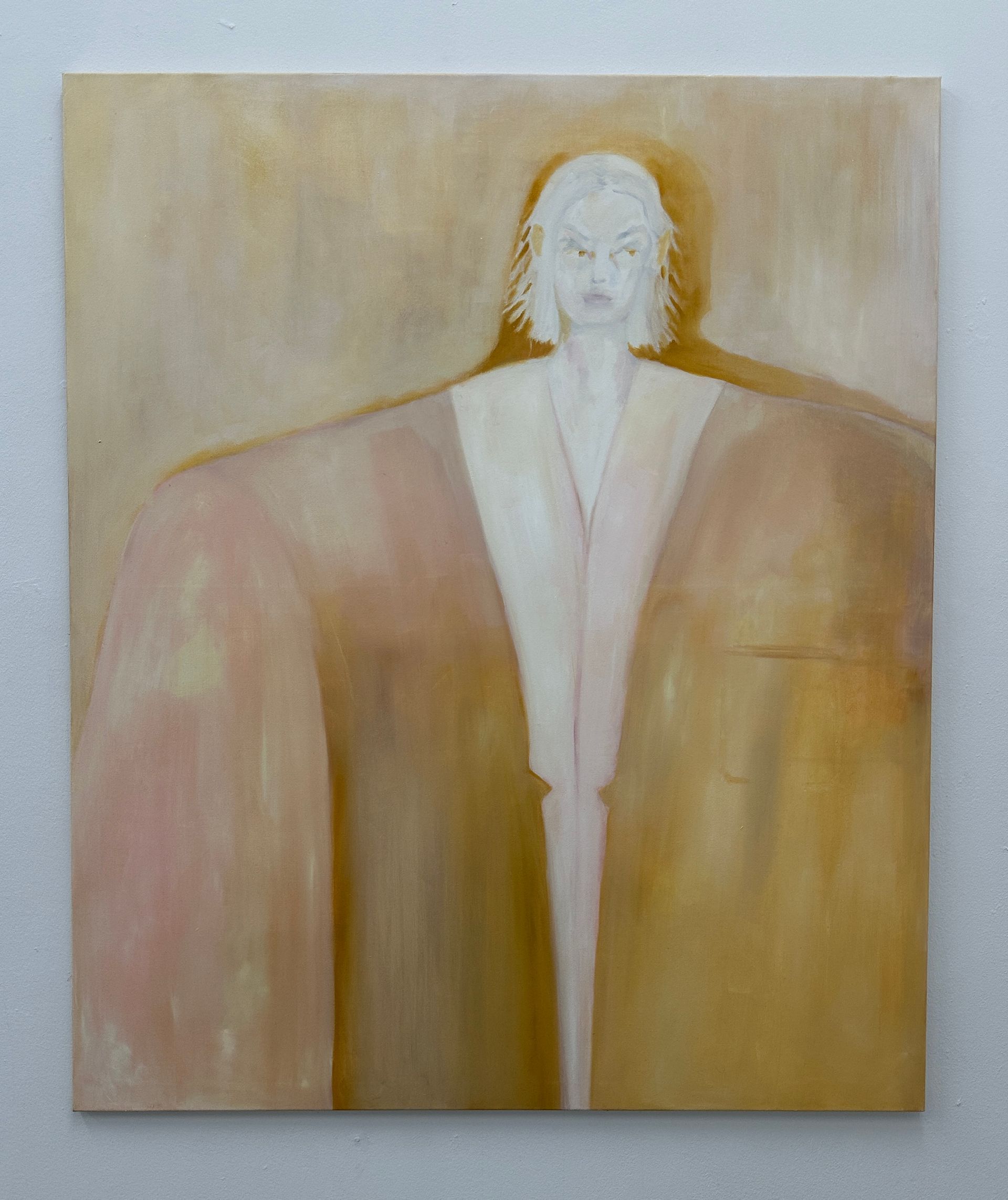
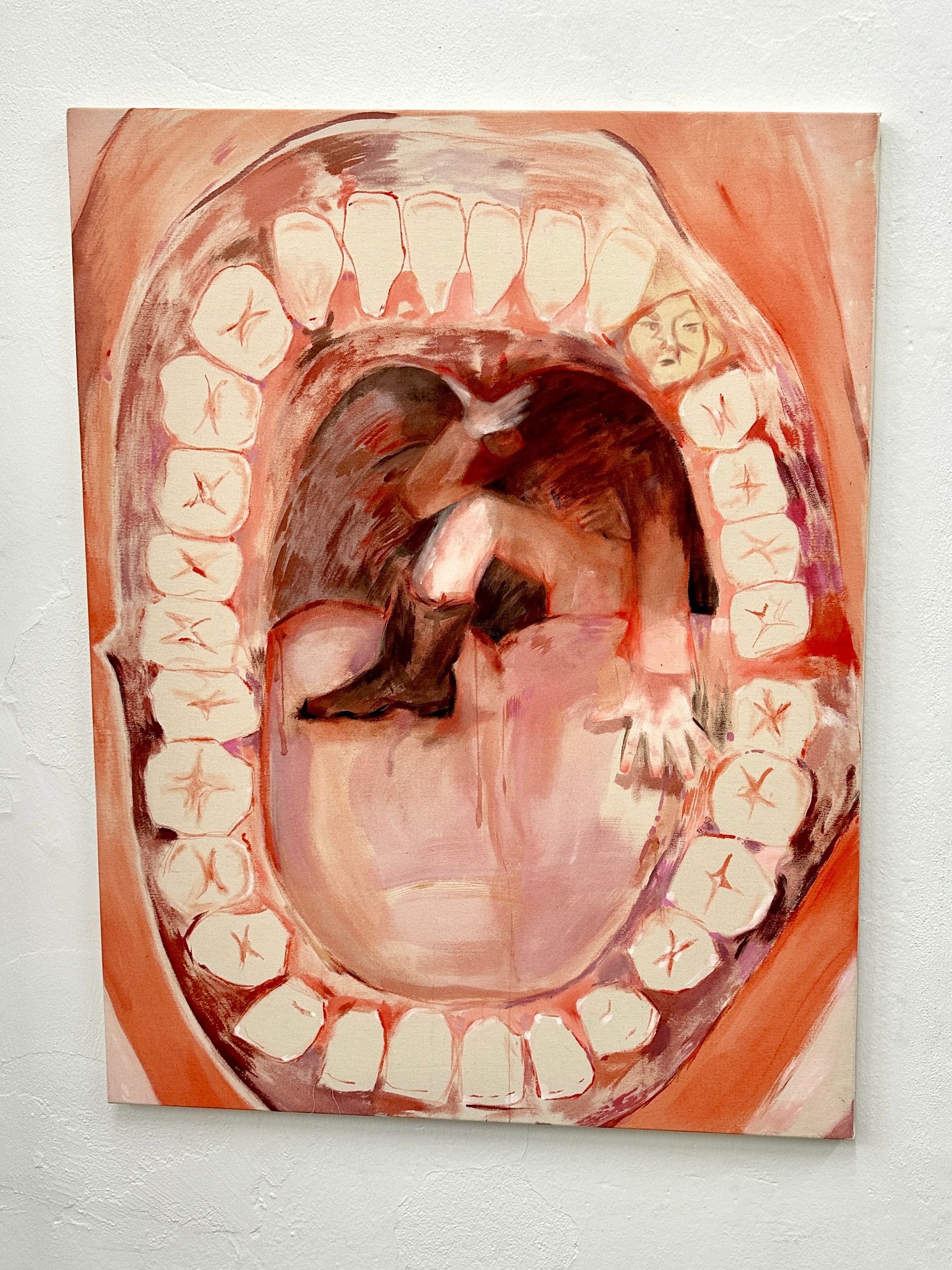
I really liked Sofía Salazar Rosales’ sculptures at ChertLüdde. Her pieces contrast weightiness and weightlessness; solidity and the ethereal. The work emphasizes the materials used - unexpected combinations of metal, cardboard, plaster, glass, gauze, fiberglass and chicken wire. Her varied use of materials is not gratuitous, but serves as a “wake-up” to the viewer. So, once you are “awake,” what is there to see? In the piece “While the wounds are open,” I see a demonstration of how the explainable and the forever mysterious aspects of life coexist.
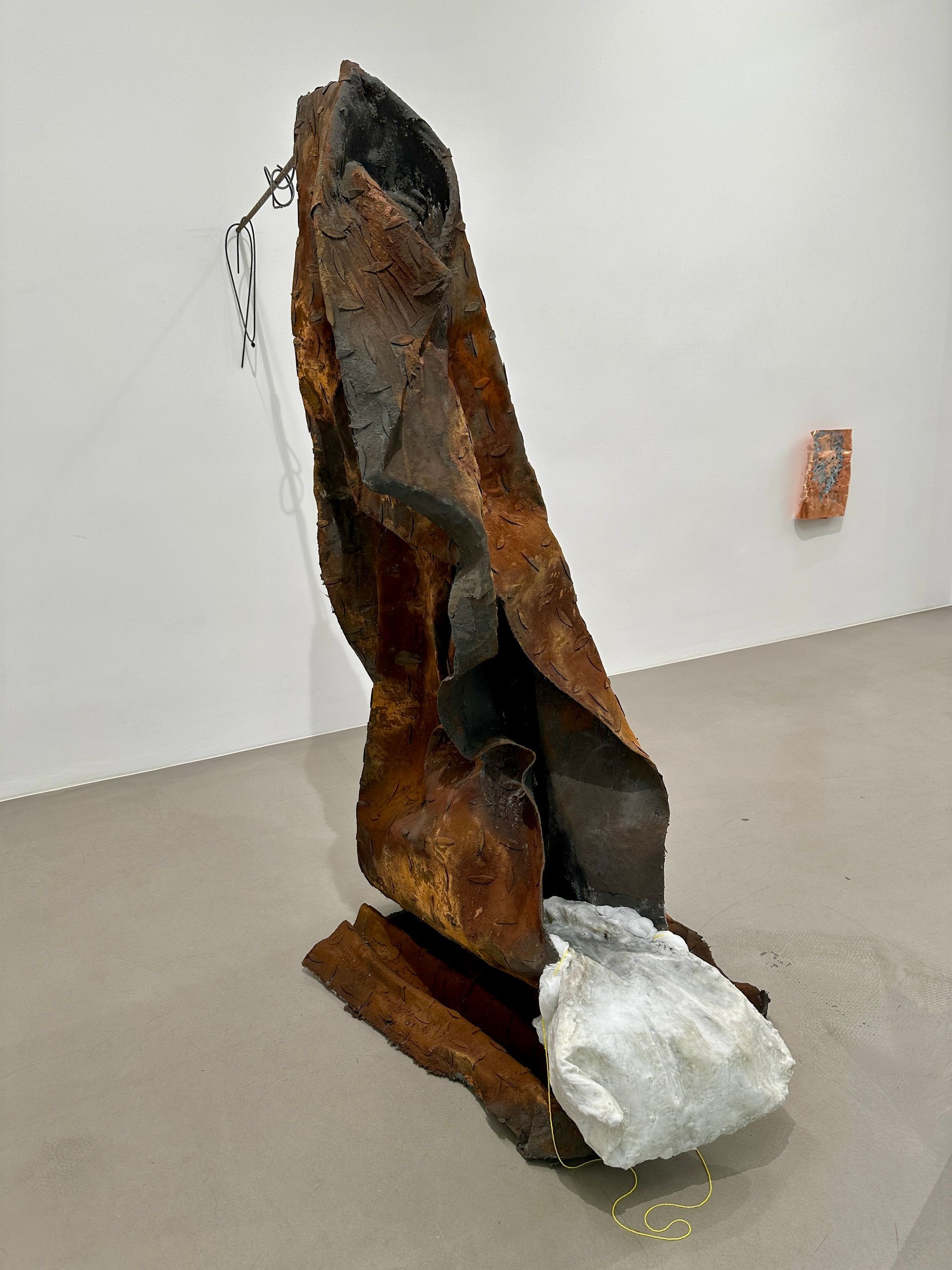
At Molitor, Lisa Jo’s large paintings are full of movement, and the compositions seem to reinventing themselves before your eyes. Some of the paintings are bracketed to free-standing floor-to-ceiling rods. It’s an elegant presentation that suits these abstractions well. These paintings provide a remembrance of early 20th century art (Matisse, Franz Marc), as well as forward-thinking design and movement. It’s a warm show - mostly earth colors. Even so, the juxtaposition of “warm-warms” and “cool-warms” effectively creates a 3-D visual space. The paintings are accessible, inviting, but still challenging.
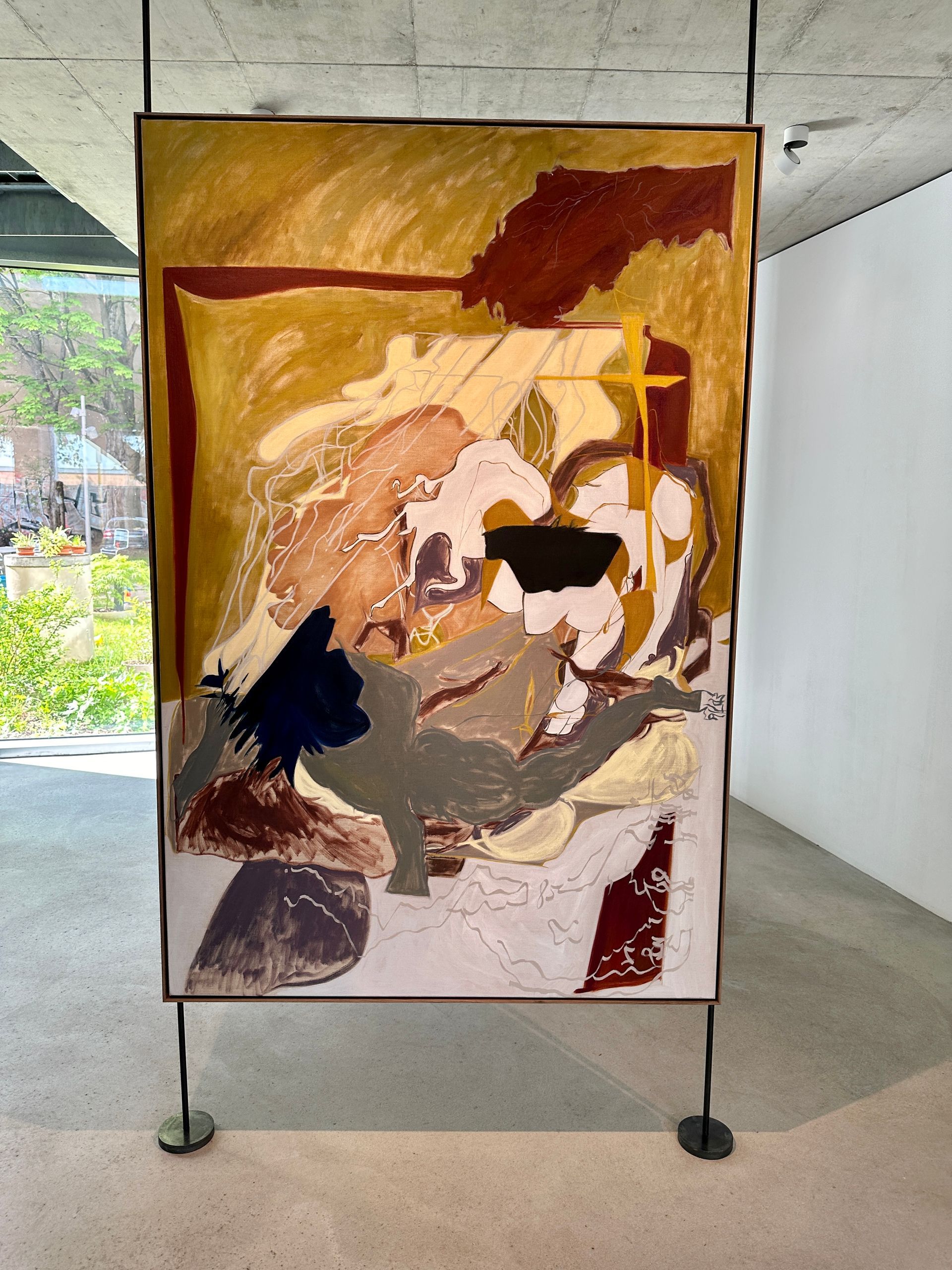
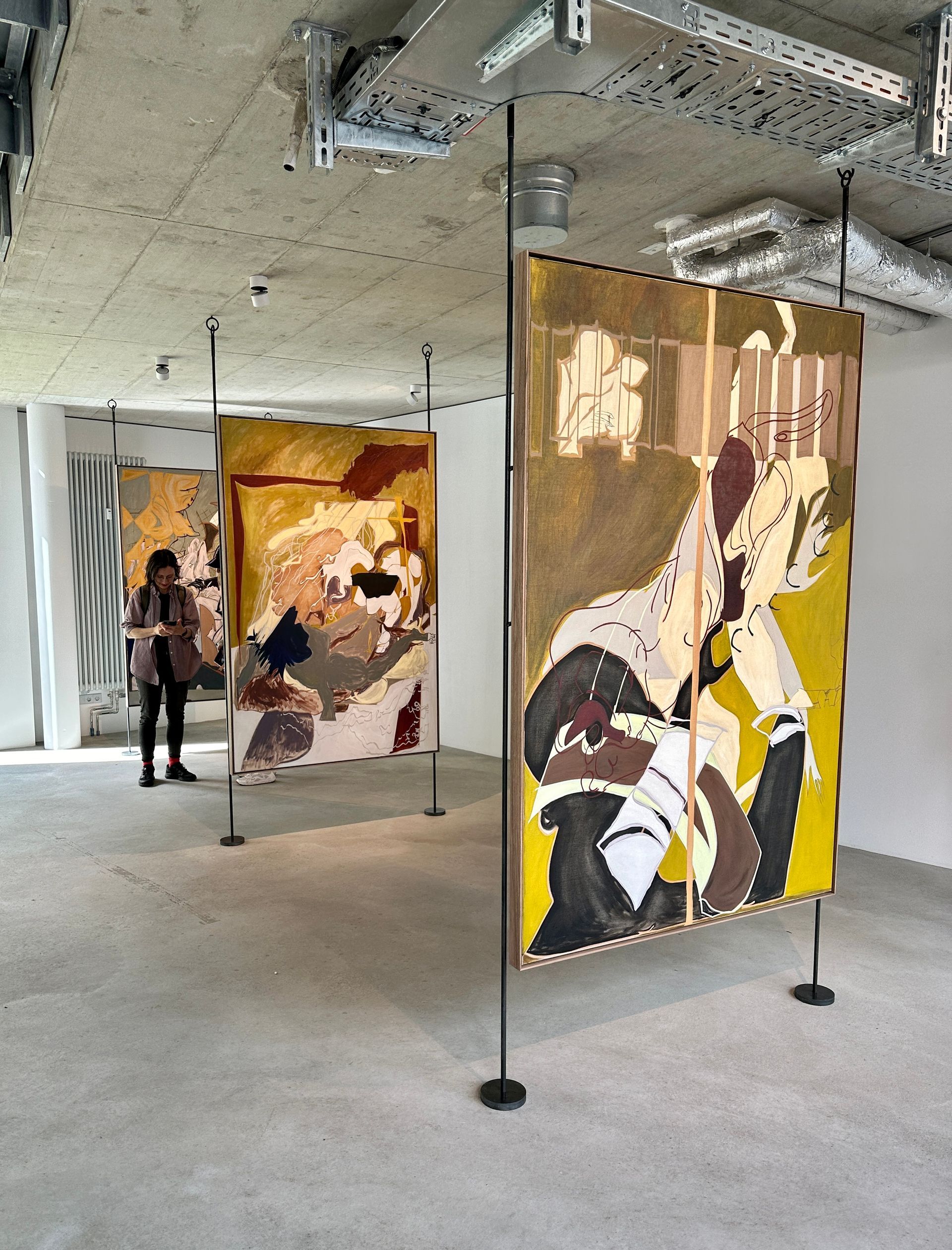
I think of Esther Schipper’s gallery as the “Steven Spielberg” art space in Berlin - the shows there are always blockbusting, dazzling, BIG cinematic productions. The Julius von Bismarck “Wolves” and Ann Veronica Janssens’ “Spring Show” exhibits fall into that “Wow!” category, but there is enough meat to both artists’ work to avoid an empty (and expensive) demonstration of technical wizardry. Von Bismarck’s two wolves, done as collapsing toys, stand still and then slowly collapse inward on themselves. This startles unsuspecting viewers. One of the life-sized wolves is a cobbled-together taxidermy job with a menacing gaze that follows you around the room, the other is a wood carving of the famous Capitoline Wolf bronze (the wolf that suckled the founders of Rome, twin infants Romulus and Remus). The paired wolf pieces examine the relationship between nature mythologies and the reality of nature - romanticism and classicism. At least that was my take-away. In the large room, Ann Veronica Janssens’ mega-show is about the beauty of light reflecting off of and interacting with, basically, plastics. Ironic that the much-maligned material that is choking our oceans and land masses, can serve to create art. Walking through Janssen’s show is like taking a garden tour where you want to enjoy the variety of exotic “plantings,” and if the mood strikes, sit in one of the provided swings and leisurely swoop through the air!
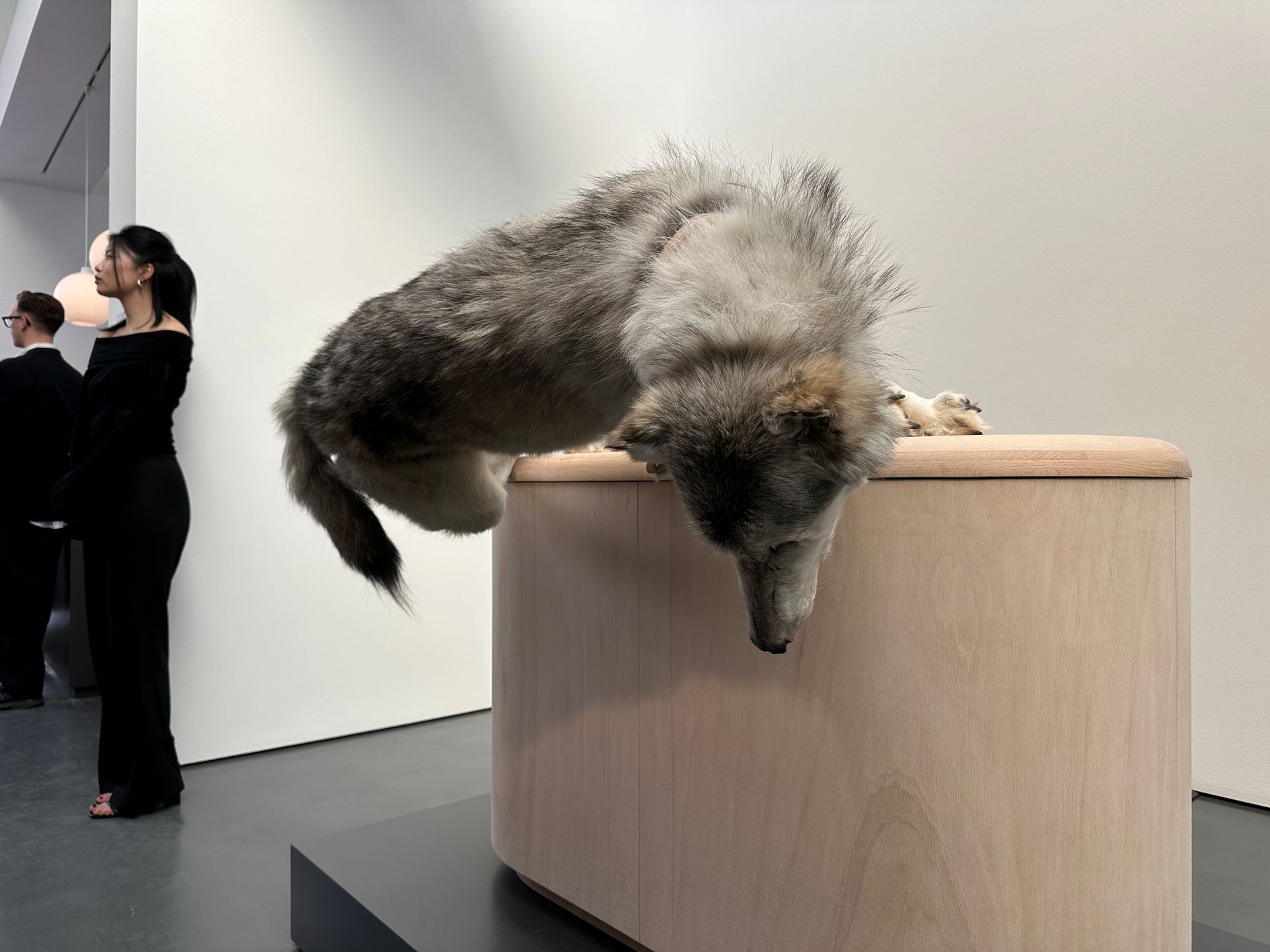
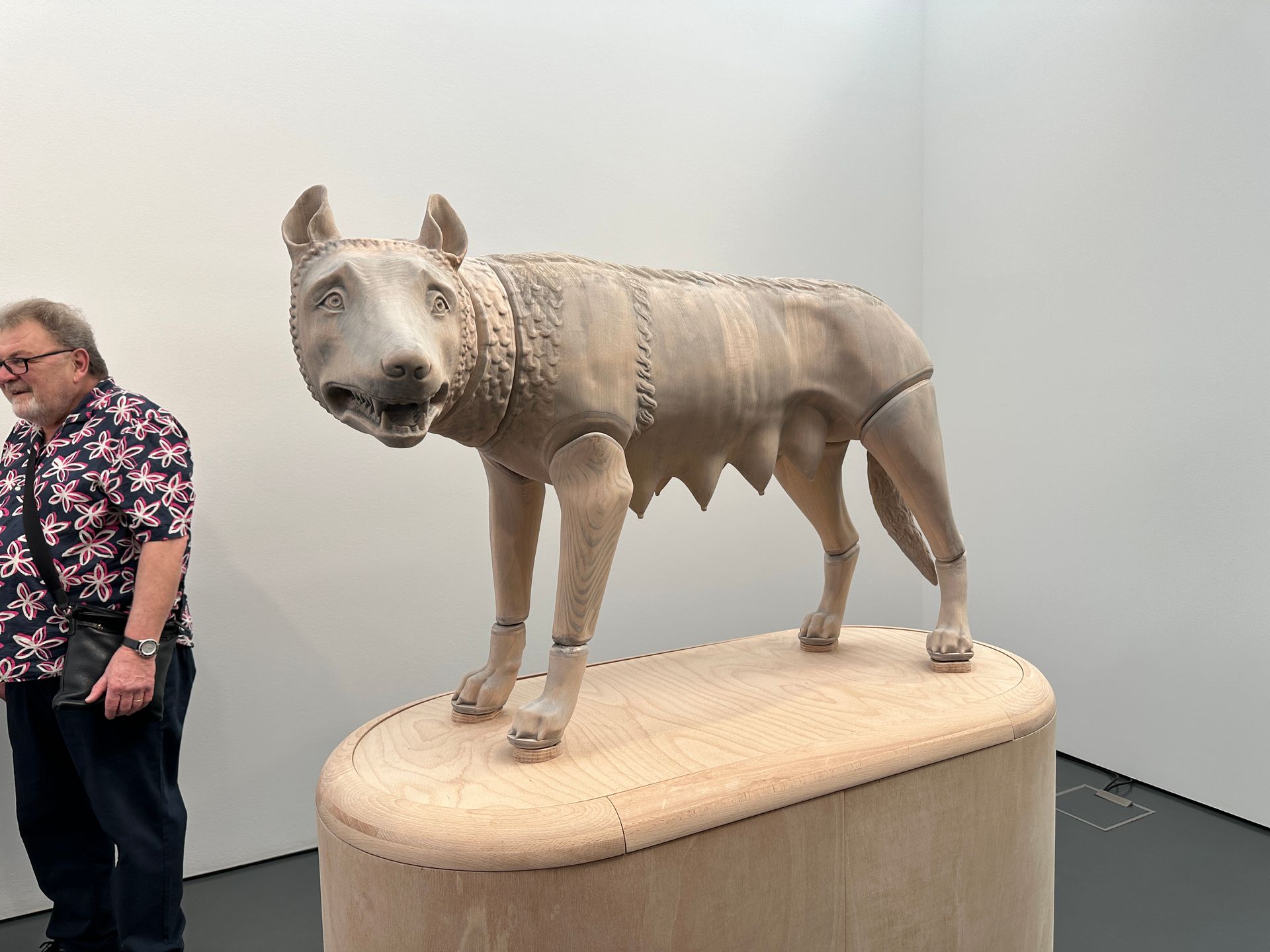
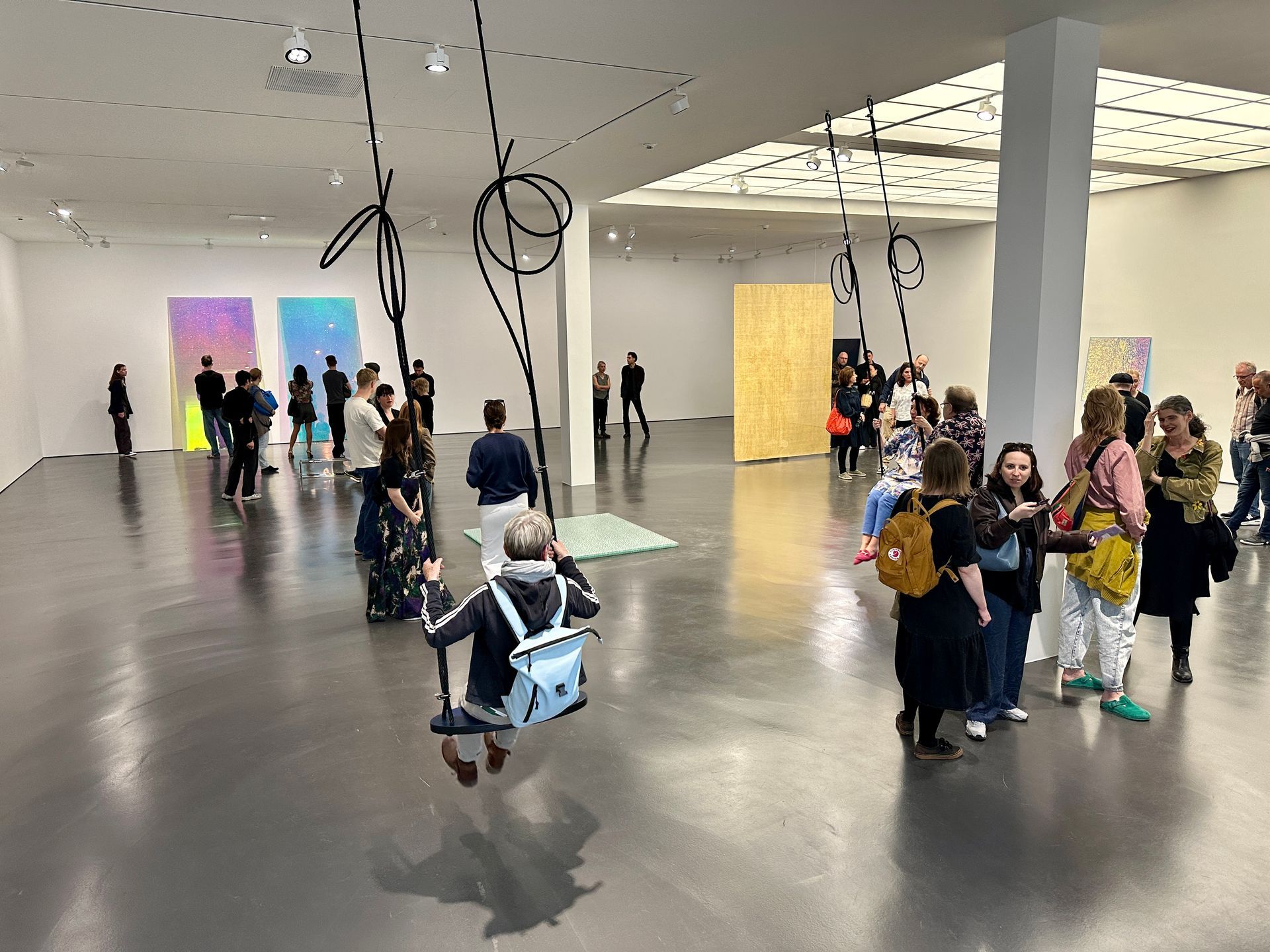
Haley Mellin’s show, “Biodiversity and Betadiversity” at Dittrich Schlechtriem, subsumes the viewer in a tangled jungle where light occasionally peeps through and stillness masks insistent growth - however the obvious topic is the threatened environment, particularly the quickly disappearing rainforests. The oversized, gestural charcoal/wax/chalk drawings on linen banners juxtaposed with the tight, smallish, photorealistic gouache and acrylic paintings create a very much "alive" quality to the show. Usually you would expect the drawings to be the smaller, preparatory pieces for the larger finished oil works. Here the roles have been reversed. This is such a standout show, and amazing that the artist has managed to address a familiar political cause in a manner that is fresh and new .
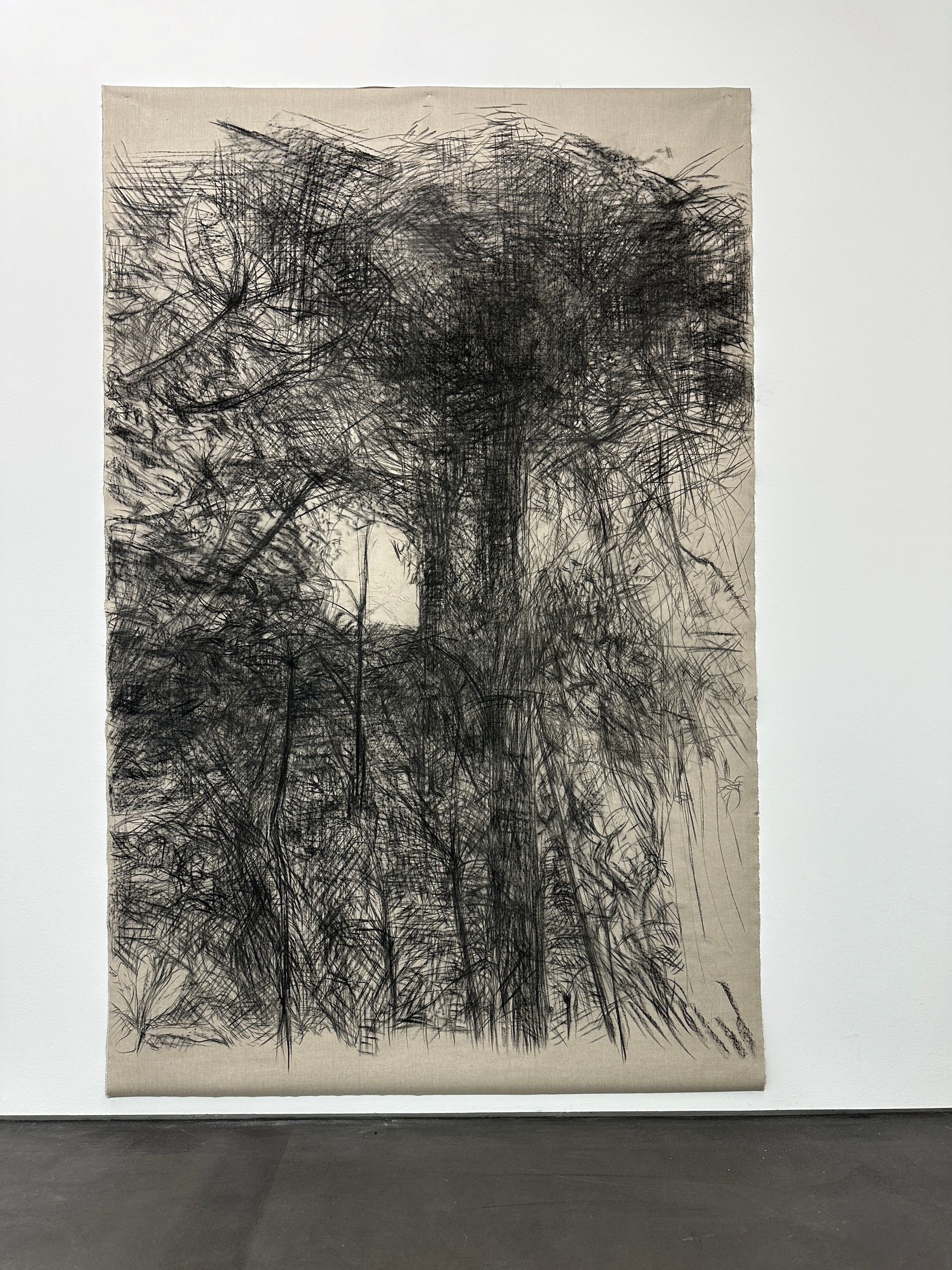

Zhang Ruyi’s exhibit at Sprüth Magers’ is a footnote to the huge “territory” exhibit upstairs, but I found Ruyi’s concrete, rebar, wood, plexiglass sculptures more engaging than the upstairs main show. Ruyi’s work is direct, and what you really see is what you really get. She casts plants and utilitarian objects in cement and in the process changes their significance, at the same time pushing on our preconceptions about beauty. I love her work.
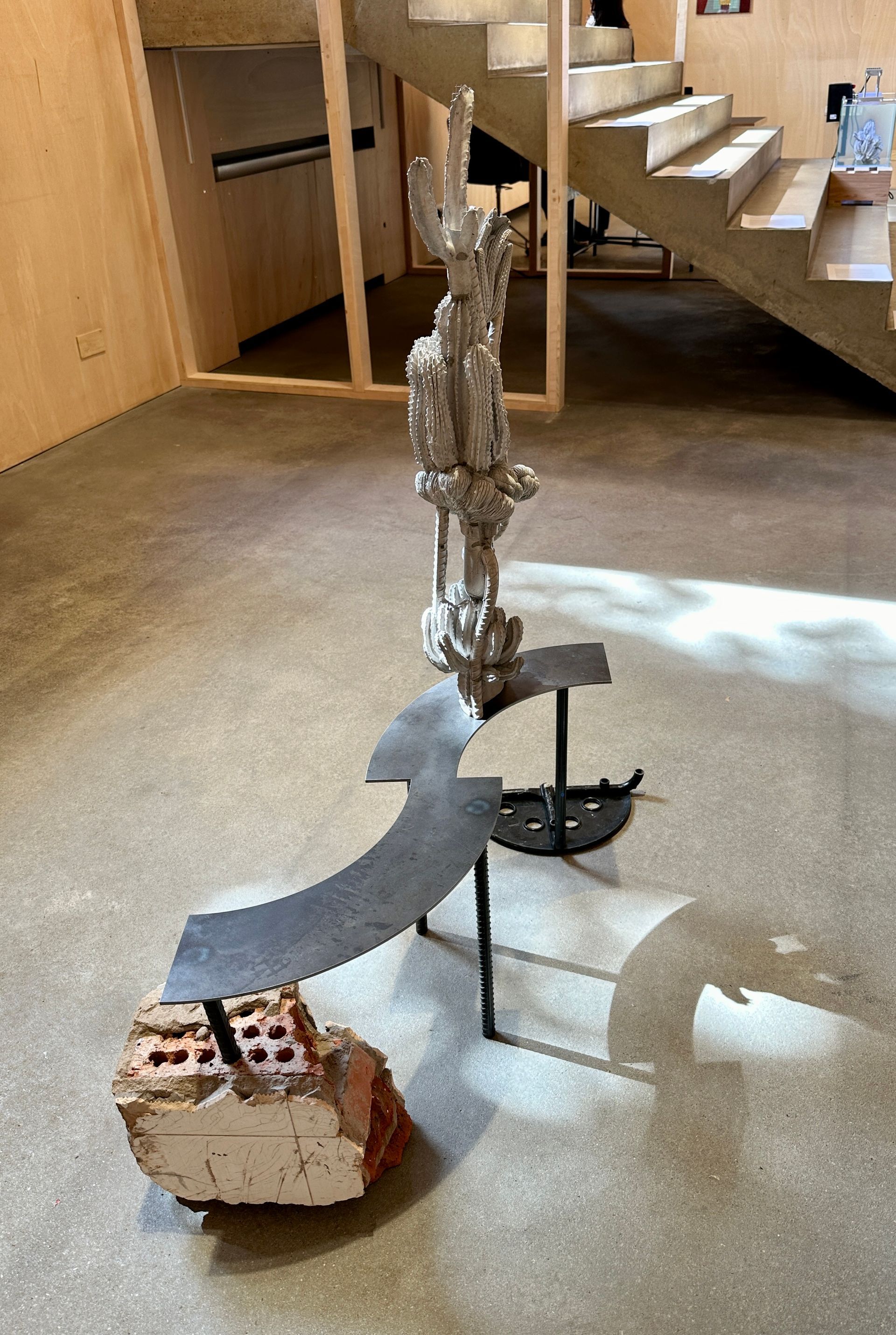
My favorite Gallery Weekend exhibit was Akeem Smith’s “Soundclash” at Heidi Gallery. The large, windowed, open-to-the-street space contained 11 sound sculptures made of salvaged building materials, plus speakers integrated into each sculpture. The pieces formed two widely-spaced rows, which allowed viewers/listeners to wander through the installation and experience changes in scale, volume, and perspective. Nothing in this exhibit was forced. It all felt completely organic, even though the materials were anything but. Definitely my favorite.
